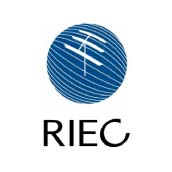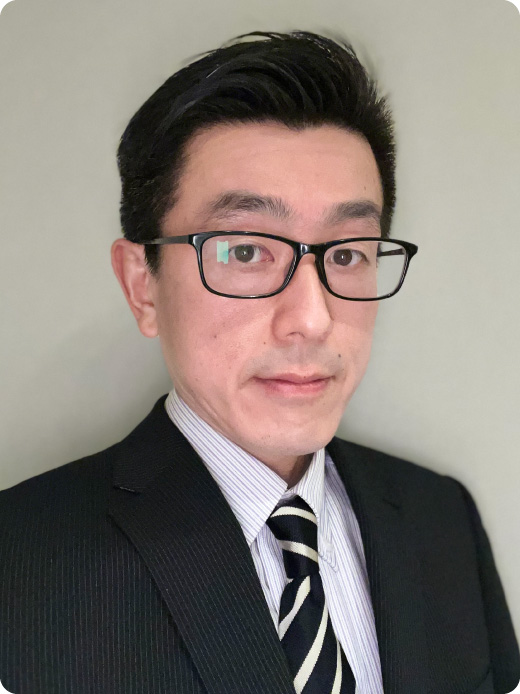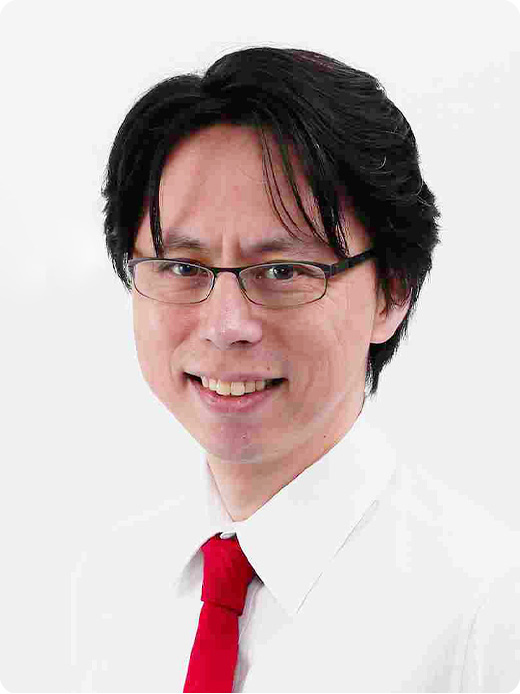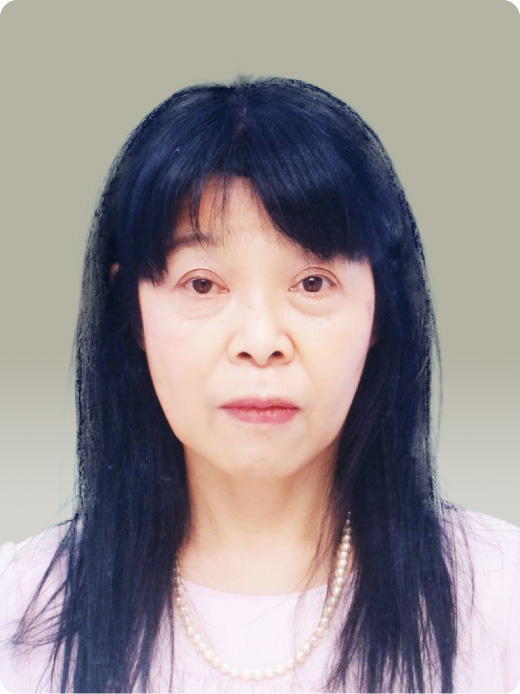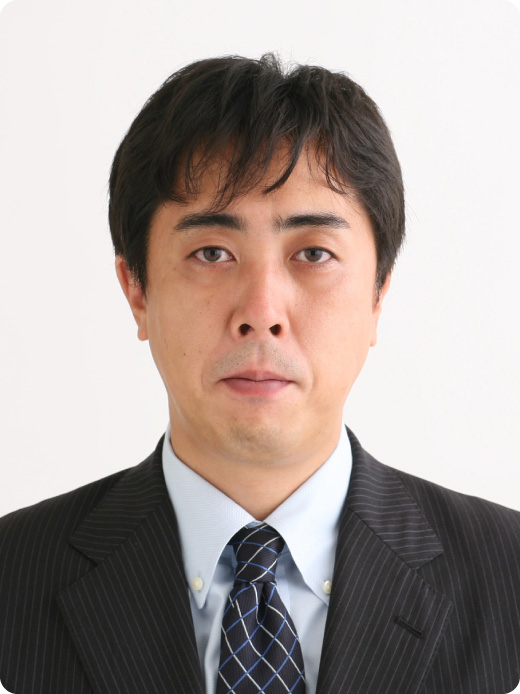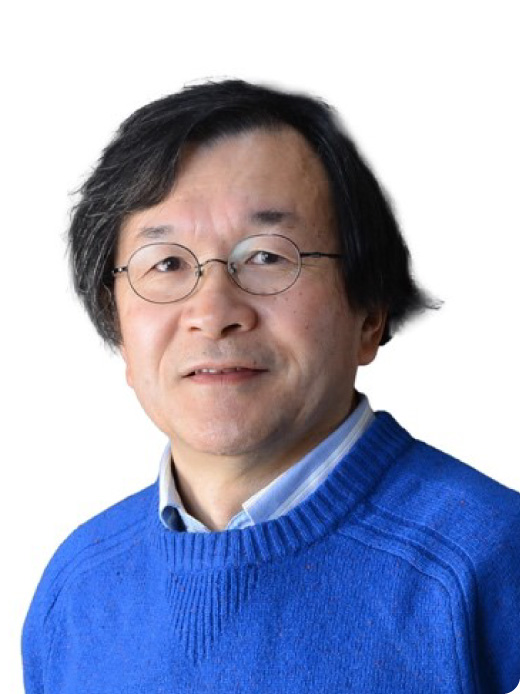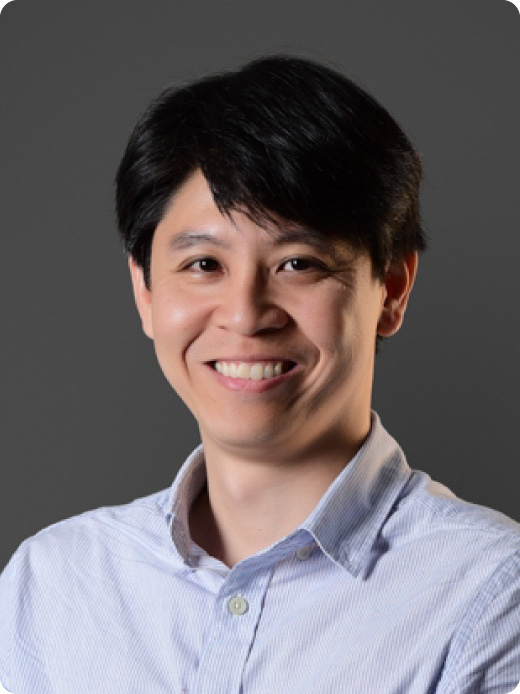FY 2023 RIEC
Annual Meeting
on Cooperative
Research Projects
Compass for Next-Gen ICT
~Message from RIEC Nation-Wide
Cooperative Research Projects~
February 15 [THU] 2024
10:00-18:40
Hybrid Event
(On-site & Online)
Tohoku University RIEC Main Building
[ Oral Session ] 6F Conference Room
[ Poster Session ] 1F Hall
[ Reception ] 1F (Reception fee required)

